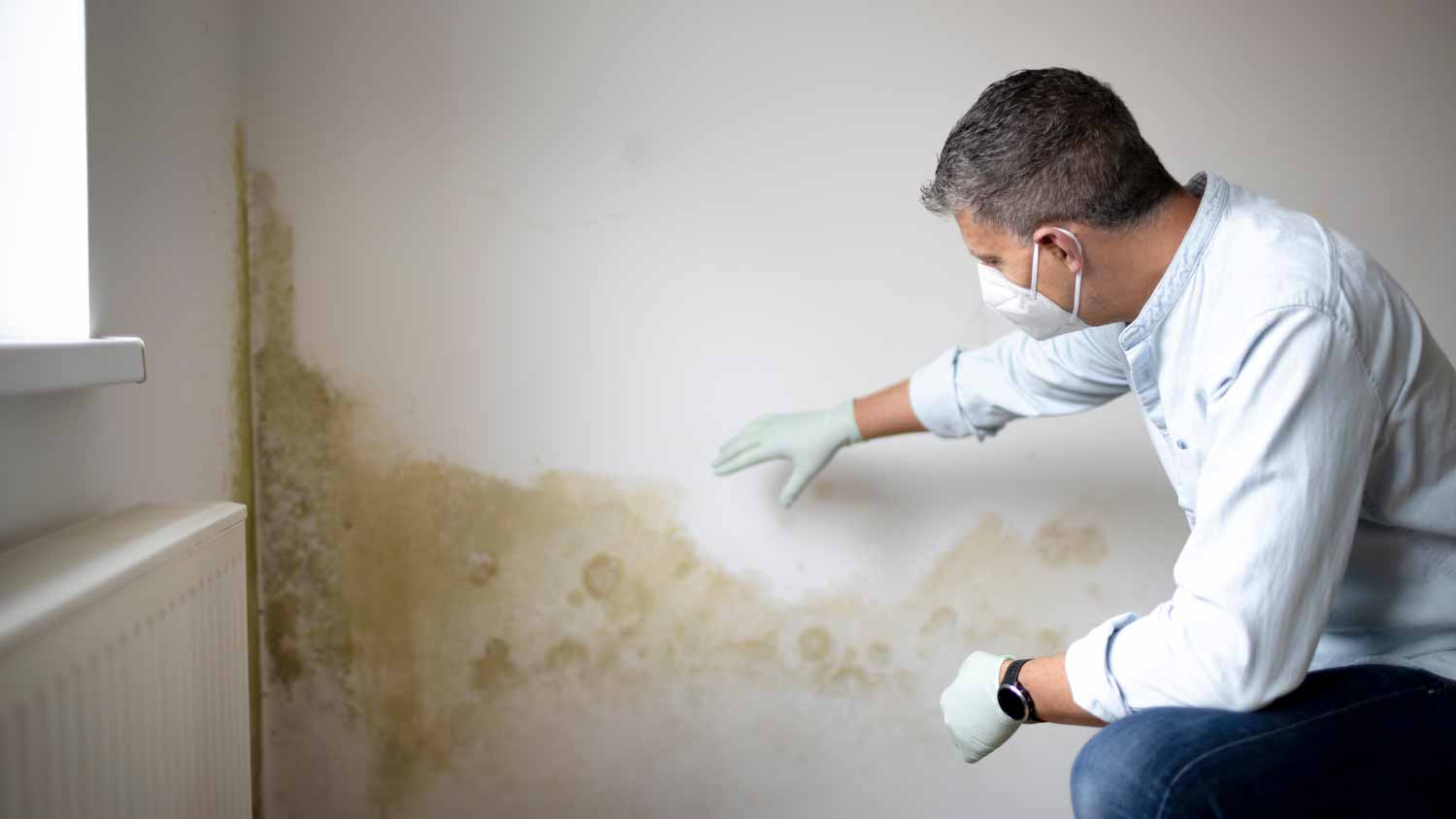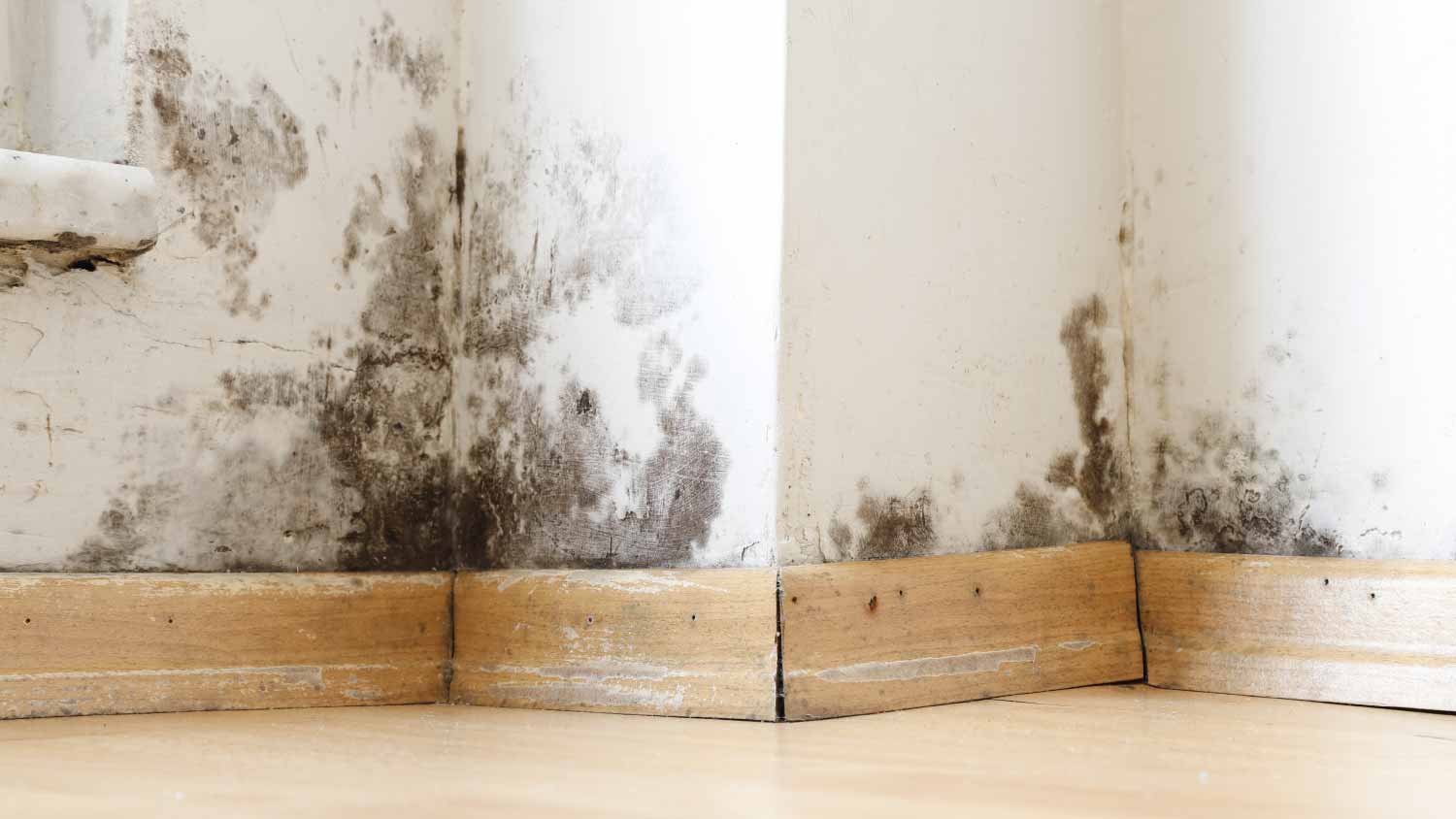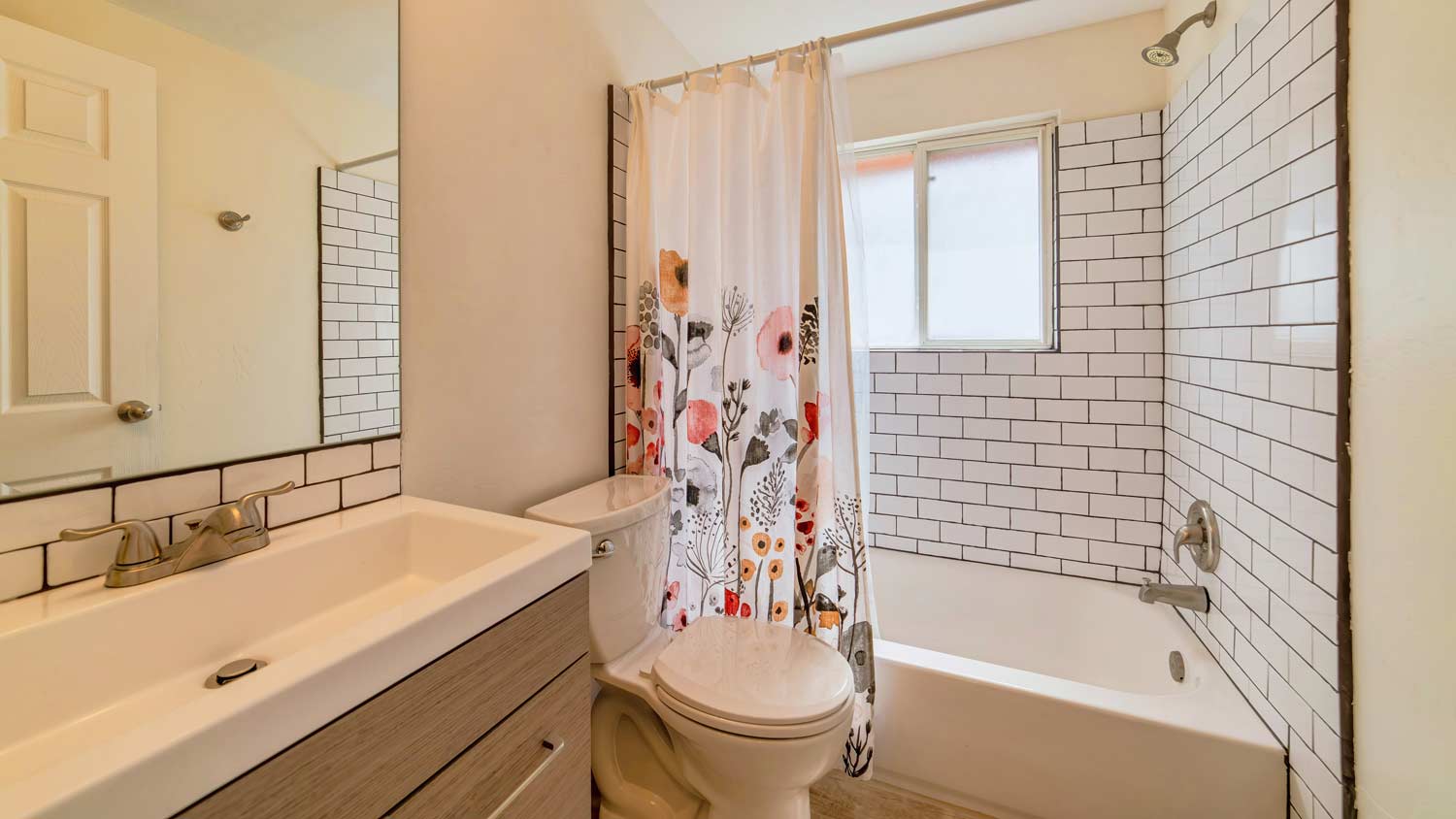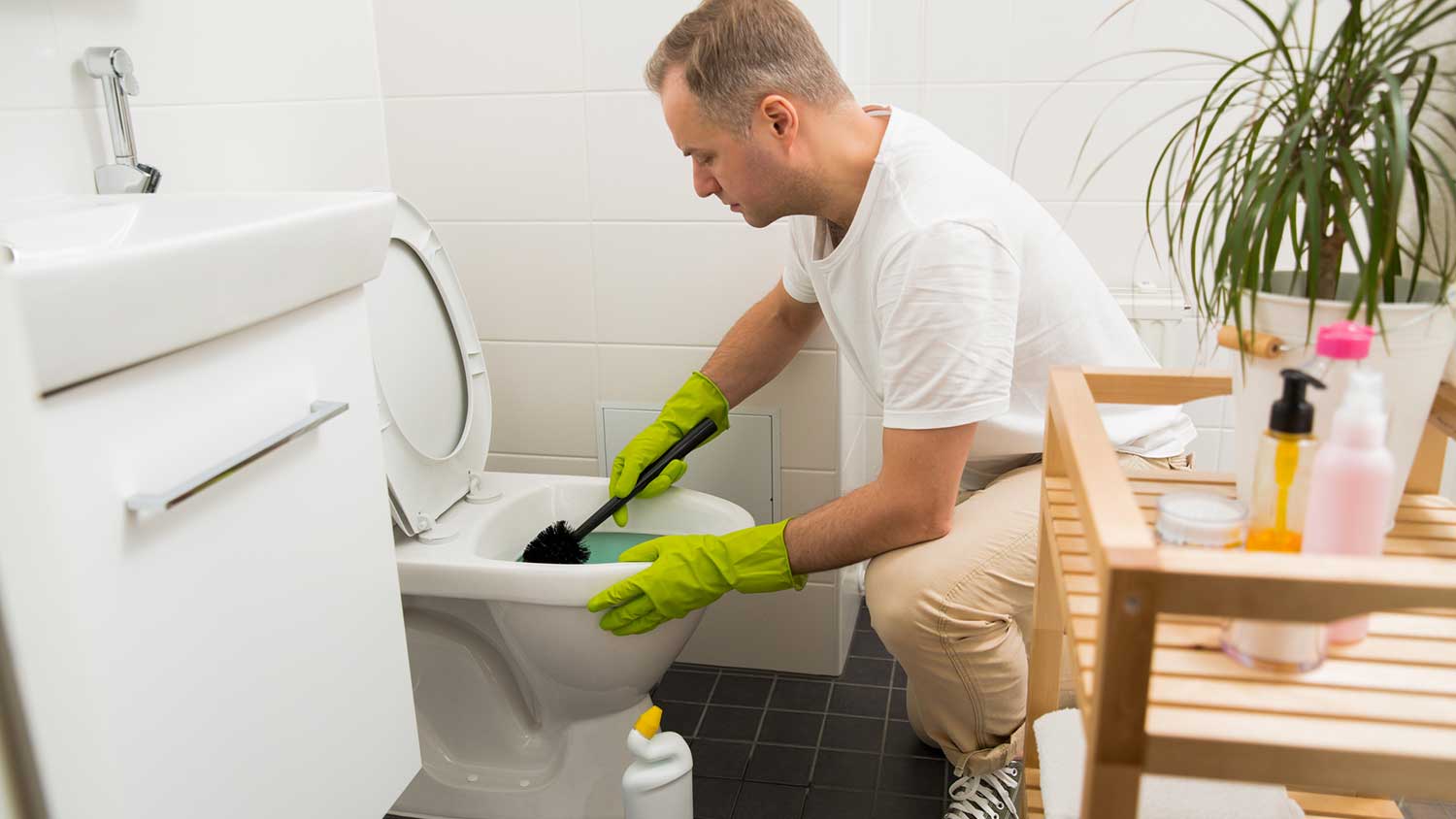
Mold remediation cost can quickly escalate. But if you have mold in your home, the cost for mold remediation is worth it.
Quickly identify common types of mold


Mold, an ever-present concern for homeowners, is capable of thriving in a variety of environments and presenting potential health risks to you and your family, and structural risks to your home. From allergenic molds that can trigger sneezing and skin irritations to pathogenic molds that can pose threats to individuals with compromised immune systems, to toxigenic molds that produce harmful mycotoxins, homeowners come face to face with many different types of mold. Understanding the different mold varieties, and their characteristics, is essential for knowing how to get rid of mold to ensure a safe and healthy indoor environment.
There are three primary categories of mold that are classified according to their potential health effects: allergenic, pathogenic, and toxigenic.
Allergenic: These are the most common types of mold, and generally cause mild to moderate allergic reactions in individuals who are sensitive to them. Symptoms may include sneezing, runny or itchy nose, skin rashes, and red eyes. While not typically dangerous for most people, they can be a nuisance to those with mold allergies or respiratory conditions.
Pathogenic: These types of mold can potentially cause health issues in people who have weakened immune systems or underlying respiratory conditions. They can lead to fungal infections in the respiratory tract and other bodily systems.
Toxigenic: These mold types produce mycotoxins–toxic compounds that can have severe health implications. The most infamous toxigenic mold is Stachybotrys, often referred to as black mold. Prolonged exposure to these molds can be particularly dangerous, making thorough removal and remediation essential.
If you are seeing mold in your home, and are unsure of its type, you should consult a local mold inspector. The cost for a mold inspection ranges between $299 and $1,014 on average.

The most common types of mold homeowners will face in their homes are allergenic molds. These generally won't pose big health risks but can cause some irritation. Those with sensitivities can suffer allergic reactions, leading to a host of symptoms including itchy nose, skin irritation, coughing, and sneezing. These symptoms worsen for those with respiratory issues like asthma.
With its unique black or dark brown appearance, Alternaria mold is a well-known inhabitant of damp environments, often thriving in spaces with water damage such as kitchens and bathrooms. Airborne spores are frequently dispersed, resulting in a common indoor air quality issue.
With a pink or brownish appearance, Aureobasidium mold is a common sight on wooden surfaces, painted walls, and caulking, especially in areas with high-humidity levels. The key to preventing Aureobasidium growth and ensuring a healthy indoor environment is through proper moisture control and ventilation.
Chaetomium mold is distinguishable by its cotton-like appearance, which is usually white or grayish in color. This type of mold thrives in environments with high levels of moisture and water damage, such as damp basements or areas with leaks. Chaetomium mold is a cause for concern due to its ability to break down cellulose-rich materials such as drywall, sheetrock, and paper. Although Chaetomium mold is not as common as other types of molds, it can still pose a risk to human health.
Cladosporium mold, with its various shades of green and black, is a mold species known for its versatility and widespread occurrence. It has the ability to colonize various surfaces both indoors and outdoors, such as fabrics, carpets, and wood materials.
Fusarium mold, with its distinct pink, white, or red appearance, flourishes in damp environments and commonly inhabits water-damaged materials like wallpaper, carpets, and building materials. Despite being lesser known than some molds, exposure to its spores can pose health hazards to individuals. It's imperative to promptly address water damage and meticulously regulate moisture levels to prevent Fusarium growth and safeguard indoor air quality.
Penicillium mold, recognized by its unique blue or green appearance, is a frequent household mold that can be spotted on different surfaces like wallpaper, insulation, and food items. Alongside its allergenic traits, specific species of Penicillium are employed in the production of antibiotics and cheese, demonstrating its varying character of possessing both harmful and beneficial uses.
The Ulocladium mold, identifiable by its black appearance, flourishes in areas that are damp and have high moisture content, making it a common issue in spaces like bathrooms, kitchens, and basements. This mold can also develop on painted surfaces, especially in spots where water damage has taken place.

Pathogenic molds, while less common than their allergenic counterparts, pose a distinct concern for individuals with weakened immune systems or underlying health conditions.
Aspergillus mold is a common pathogenic mold found both indoors and outdoors, encompassing several species. It stands out due to its diverse range of colors and a fuzzy, powdery appearance. It is crucial to note that Aspergillosis is a group of diseases that arise from exposure to Aspergillus spores, which can lead to mild allergies or severe lung infections, including potentially life-threatening invasive aspergillosis. To reduce the risk of Aspergillus growth and safeguard the health of vulnerable individuals, it is essential to control moisture, ensure good ventilation, and promptly remove any water-damaged materials.
Mucor mold is a common occurrence in damp and dark settings like HVAC systems and decomposing organic matter. It usually manifests as a grayish or white growth. Despite not being as well known as some other molds, Mucor can be detrimental to people with weakened immune systems or preexisting medical conditions. Being exposed to Mucor spores may lead to respiratory issues and allergic reactions, and in certain cases, there is a risk of fungal infections.
Rhizopus mold, typically exhibiting a white or gray appearance, commonly resides on decaying organic material and is capable of flourishing in environments with high moisture levels. This type of mold has gained notoriety as a troublesome variety, particularly for individuals who have compromised immune systems, due to its potential to cause severe infections, such as mucormycosis, which may be fatal.
This type of mold has been discovered in heating, ventilation, and air conditioning (HVAC) systems, which pose further health hazards. In order to prevent the growth of Rhizopus mold and safeguard the health of vulnerable individuals, it is imperative to remain vigilant about moisture control and perform appropriate maintenance on HVAC systems.

Toxigenic molds represent a subset of molds that can produce mycotoxins, toxic substances that can have severe health implications when released into the environment. The sight of any toxigenic mold requires immediate attention and homeowners should hire a professional mold remediator as quickly as possible. The average mold remediation cost ranges between $1,125 and $3,345.
Acremonium mold is a type of toxigenic mold that flourishes in damp and humid environments and can be recognized by its powdery appearance in pink, gray, or white. Its ability to produce mycotoxins poses a serious health concern when found in homes, as exposure can lead to various health problems.
Stachybotrys, often referred to as black mold, is one of the most infamous and dangerous toxigenic molds found in homes. Have you ever wondered: what does black mold look like? With its distinguishable black or greenish-black appearance, this mold produces mycotoxins, notably trichothecenes, which are extremely harmful and pose significant health risks.
Exposure to these mycotoxins, especially through inhalation or skin contact, has been linked to a range of severe health problems, including respiratory issues, fatigue, skin irritation, headaches, and even neurological symptoms. It is essential to seek professional remediation immediately upon discovering Stachybotrys in indoor environments, as prolonged exposure to its toxins can have severe and lasting consequences.
Trichoderma mold, known for its green appearance, commonly grows in water-damaged buildings, particularly on surfaces such as wallpaper, carpets, and other building materials. Despite being less well-known than other toxic molds, Trichoderma can generate mycotoxins, which can cause health issues in some cases.
According to data from Angi customers, 41.7% of homeowners get mold testing done because they can see or smell mold, and 35.9% experience cold, allergy, or asthma symptoms related to mold. It’s better to be safe than sorry, so call a mold testing pro if you suspect mold growth anywhere in your home.
From average costs to expert advice, get all the answers you need to get your job done.

Mold remediation cost can quickly escalate. But if you have mold in your home, the cost for mold remediation is worth it.

The cost of a mold inspection might seem high, but it’s one of the best investments you can make for your health and home. Read on to learn cost-saving tips.

Basement mold is a common problem that can cost thousands of dollars to remove. Use these tips to learn how to prevent mold in a basement.

An orange shower curtain can be due to bacteria, hard water, or product scum. Read this guide to learn why your shower curtain is turning orange.

You’ve just opened your toilet to a slimy surprise, and now you’re wondering: Why is mold growing in my toilet? Here are the most common causes.

These tips will safeguard your home from mold growth after water damage. Protect your house and your health with these expert mold prevention strategies.